To encourage businesses to invest in the railway industry, many experts believe that Vietnam needs more support policies on taxes, credit and priority in contractor selection for domestic businesses.
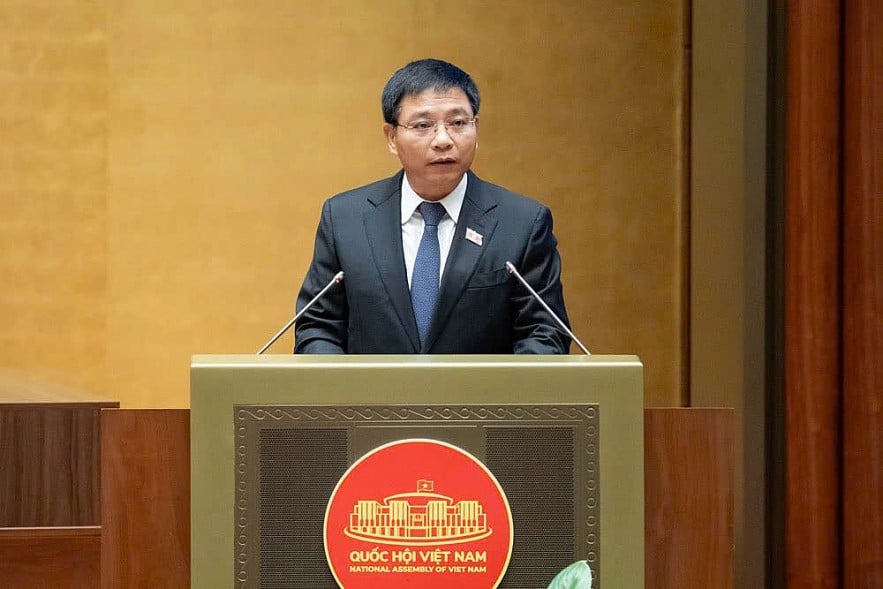
Presenting the draft Investment Law (amended) to the National Assembly , Minister of Finance Nguyen Van Thang said that the Government has submitted to the National Assembly additional content in the draft Investment Law (replacement) to amend a number of provisions of the Railway Law.
The draft Law proposes to amend and supplement a number of articles of the Railway Law No. 95/2025/QH15. Accordingly, for national and local railways, investors are allowed to extend the project's operating period in accordance with the provisions of the law on investment.
The reason for the amendment and supplementation is to continue to remove difficulties and obstacles, perfect policy options for projects of special scale and nature, with regulations on operating time and feasible and effective capital recovery ability, ensuring compliance with the spirit of Resolution No. 68-NQ/TW and Resolution No. 198/2025/QH15.
At the Seminar within the framework of the International Exhibition and Conference on Modern Railway Technology and Infrastructure Construction Supply Chain (VRT & CONS 2025) taking place in Hanoi , Mr. Vo Ta Luong, General Director of Vinh Hung Trading, Consulting and Services Joint Stock Company, emphasized that although there are many preferential policies and investment incentives, they are not strong enough.
“Recently, the Government has been very determined in issuing preferential policies to support businesses investing in the railway industry. However, investing in this field is highly risky, requires large capital, while the market is still small. If the legal framework and support mechanisms are not complete, businesses will have difficulty in making long-term investment decisions,” Mr. Vo Ta Luong emphasized.
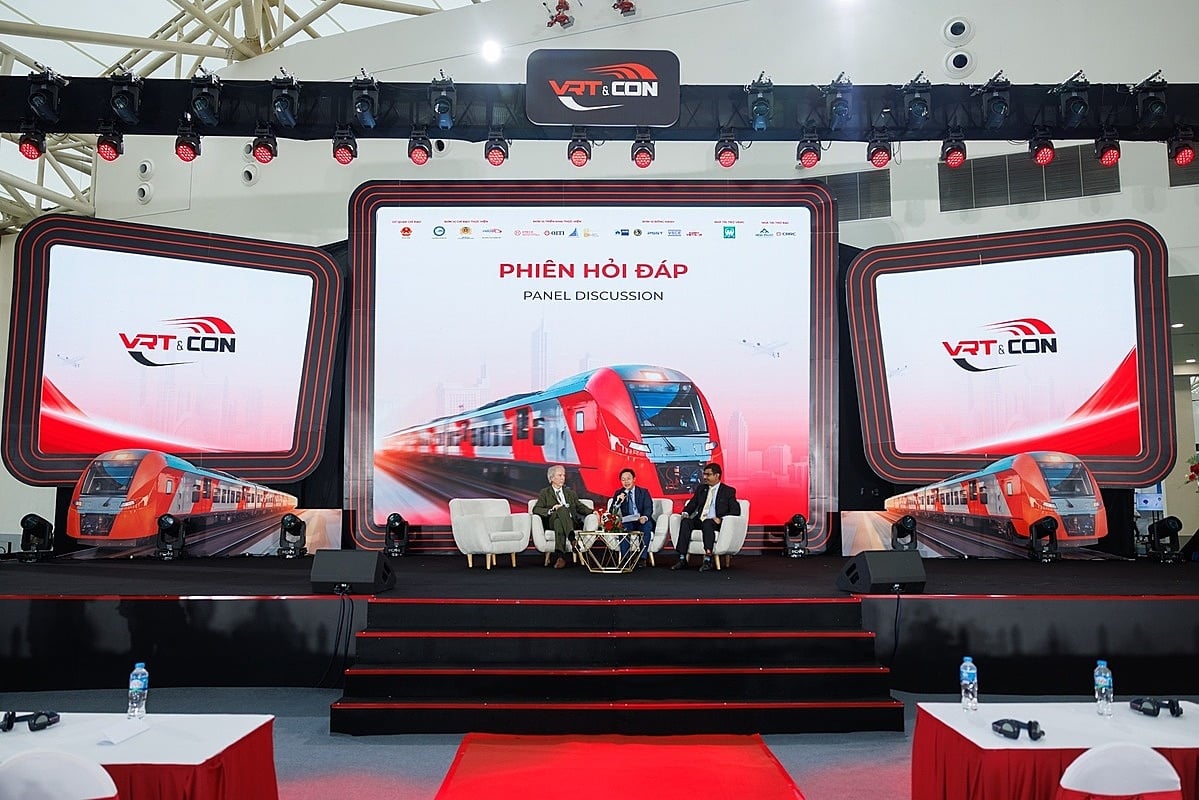
Vinh Hung representative proposed that the Government should soon issue a complete system of legal regulations and incentive mechanisms; create a clear legal corridor; have additional support policies on tax, credit and priority in contractor selection for domestic enterprises.
“It is necessary to synchronize standards and technical designs for railway projects. This is a prerequisite to create a large enough market to attract businesses to invest long-term. When there are unified standards, businesses will dare to invest on a large scale, promoting deep localization. In addition, the Government accompanies businesses in implementing large projects by ensuring transparency and stability of policies in the long term; creating conditions for public-private partnership (PPP) models and international technology joint ventures to be implemented smoothly,” said Mr. Vo Ta Luong.
Ms. Tran Thi Hue Chi, Chairwoman of the Board of Directors of Vietnam Railway Transport Joint Stock Company, also emphasized the importance of Resolution 68 for the railway industry, especially in attracting private capital for key projects such as the North-South high-speed railway; at the same time, she said that it is necessary to synchronize policy mechanisms and legal regulations. "Resolution 68 has created motivation for railway enterprises to participate more in large projects," said Ms. Tran Thi Hue Chi.
Sharing his experience on this issue, Mr. Thilo Weigel, representative of LogoMotive GmbH (Germany) (a design consultancy specializing in railways) said that developing a modern railway system cannot stop at choosing a contractor with financial capacity. More importantly, it is important to choose the right contractor with system compatibility and a correct understanding of technical requirements from the beginning.
From his many years of experience consulting on railway projects in Europe, Mr. Thilo Weigel also warned that many international projects had to be canceled or made costly adjustments due to the lack of a “quality requirement specification concept”, which means that technical standards were not fully defined before selecting a contractor. With high-speed projects such as the North-South high-speed railway project in Vietnam, the above factors are even more important.
“The faster we go, the greater the technical risks. Vietnam must establish clear, unified and appropriate technical specifications, standards and regulations from the beginning, which is a prerequisite for organizing transparent and effective international bidding,” said Mr. Weigel, adding that early determination of technical standards is not only a technical requirement but also a “common language” to create trust for international businesses when entering the Vietnamese market.
In addition to technical factors, the LogoMotive expert also mentioned cultural barriers in project management. “The way decisions are made, the progress of implementation, and even the way of communication between parties in Asia and Europe are very different. If these differences cannot be reconciled, the project may face coordination risks and delays,” Mr. Thilo Weigel shared.
Regarding the capital source for the North-South high-speed railway project, in the recent Group discussion session on the Draft Document to be submitted to the 14th National Party Congress, Prime Minister Pham Minh Chinh said that the North-South high-speed railway project will use resources from the Central, local and private enterprises, i.e. public-private partnership.
"Infrastructure requires huge investment. Without a mechanism to mobilize State and private resources, it cannot be done," the Prime Minister said.
Prime Minister Pham Minh Chinh affirmed that Vietnam will carry out major projects in addition to the North-South high-speed railway, such as striving to start construction of the Hai Phong - Hanoi - Lao Cai railway by the end of the year, or railway lines connecting with China. This is a testament to the mechanism of "public-private partnership, pioneering enterprises".
Source: https://baotintuc.vn/kinh-te/cong-nghiep-duong-sat-can-chinh-sach-uu-dai-khuyen-khich-khu-vuc-kinh-te-tu-nhan-20251113163541151.htm




![[Photo] Deep sea sand deposits, ancient wooden ship An Bang faces the risk of being buried again](https://vphoto.vietnam.vn/thumb/1200x675/vietnam/resource/IMAGE/2025/11/13/1763033175715_ndo_br_thuyen-1-jpg.webp)





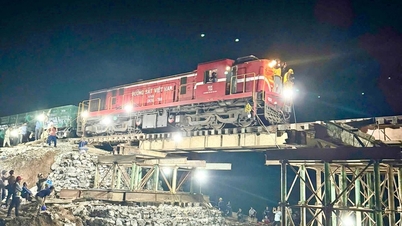








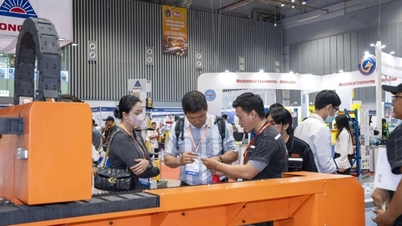

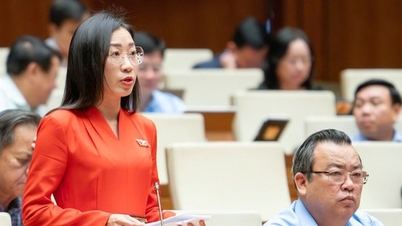

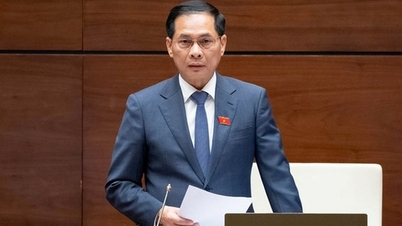









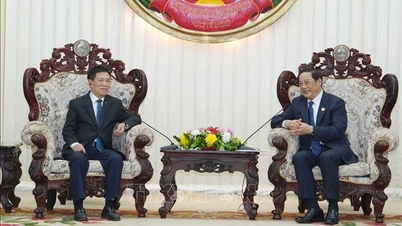

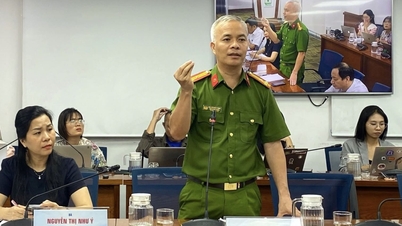

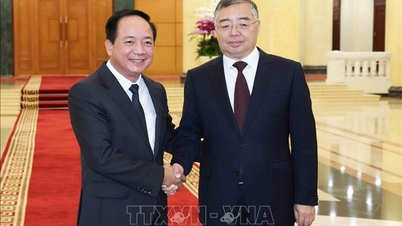


































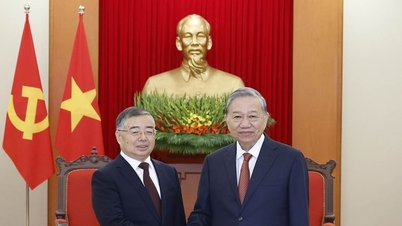










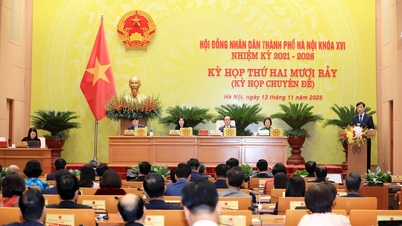



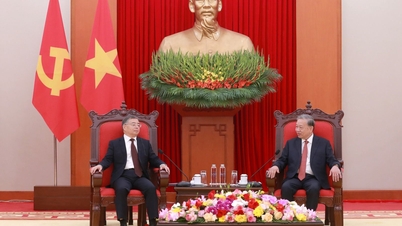




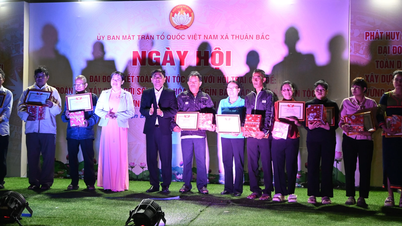

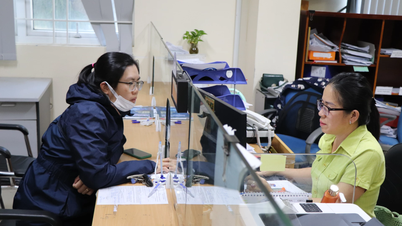





![Dong Nai OCOP transition: [Article 3] Linking tourism with OCOP product consumption](https://vphoto.vietnam.vn/thumb/402x226/vietnam/resource/IMAGE/2025/11/10/1762739199309_1324-2740-7_n-162543_981.jpeg)







Comment (0)